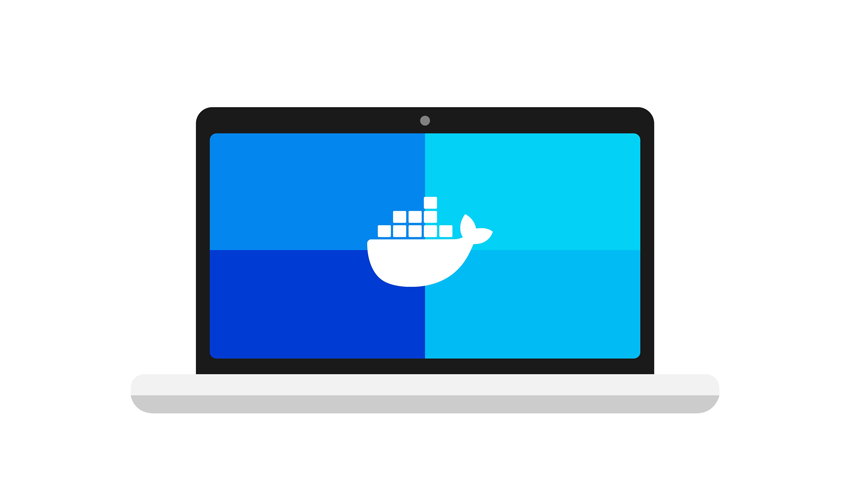Best Practices and Strategic Insights to Dockerizing Your Linux Applications

In the realm of software development and deployment, Docker has emerged as a revolutionary force, offering a streamlined approach to creating, deploying, and running applications by using containers. Containers allow developers to package up an application with all the parts it needs, such as libraries and other dependencies, and ship it all out as one package. This guide delves deep into the world of Dockerizing applications on Linux, covering best practices, deployment strategies, and much more to empower developers and DevOps professionals alike.
Understanding Docker and Containerization
Docker is a platform that utilizes OS-level virtualization to deliver software in packages called containers. Containers are isolated from one another and bundle their own software, libraries, and configuration files; they can communicate with each other through well-defined channels. Unlike traditional virtual machines, containers do not bundle a full operating system — just the application and its dependencies. This makes them incredibly lightweight and efficient.
The Benefits of Docker
- Consistency across Environments: Docker containers ensure that applications work seamlessly in any environment, from a developer's personal laptop to the production server.
- Isolation: Applications in Docker containers run in isolated environments, reducing conflicts between applications and between applications and the host system.
- Resource Efficiency: Containers share the host system kernel and start much faster than VMs. They also require less compute and memory resources.
- Scalability and Modularity: Docker makes it easy to break down applications into microservices, making them easier to scale and update.
Setting Up Docker on Linux
The process to install Docker varies depending on the Linux distribution. For Ubuntu, for instance, Docker can be installed with just a few commands:
sudo apt update sudo apt install docker.io sudo systemctl start docker sudo systemctl enable docker
After installation, verify that Docker is running by executing sudo docker run hello-world. This command pulls a test image from Docker Hub and runs it in a container, which prints a message.
Dockerizing Applications: Best Practices
Creating Efficient Dockerfiles
A Dockerfile is a script containing a series of commands and instructions to build a Docker image. The key to an efficient Dockerfile is minimizing the build time and the size of the image.
Source: Linux Journal - The Original Magazine of the Linux Community
